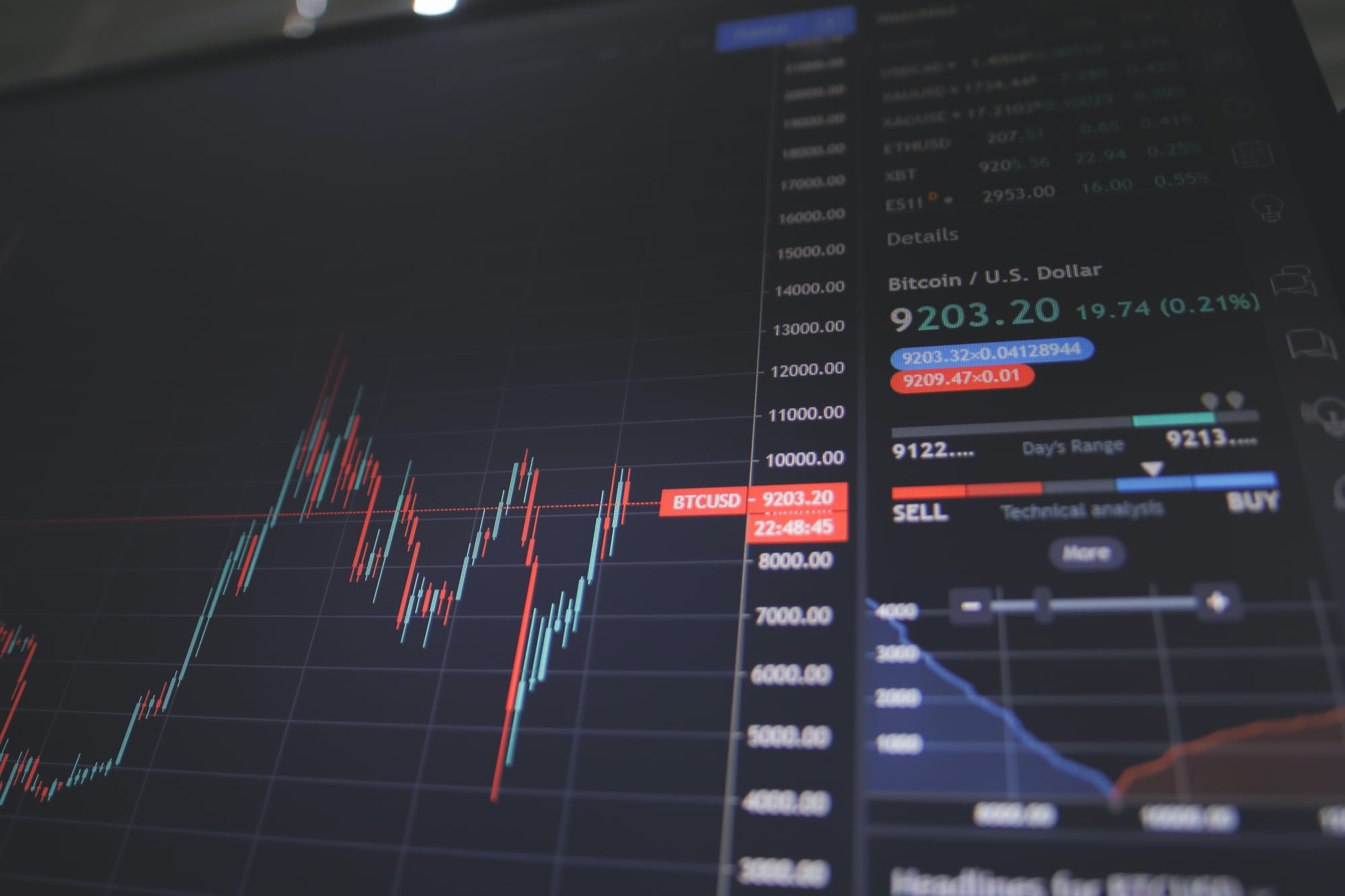Should you ever invest in active mutual funds if they rarely beat passive index funds?

You know that at NWW we are big fans of index funds and ETFs. Essentially, these are efficient products that allow you to invest in a broad index (such as the total stock market) for miniscule fees. They provide diversification and performance that match a broad market.
Most actively managed mutual fund managers rarely beat the market they compete in on a consistent and long-term basis. They charge fees anywhere from 10 times to even 50 times more than index ETF/mutual funds which hampers their performance even more since they need to compensate for the much higher fees charged. So why even invest any cash in actively managed mutual funds?
We firmly believe that most money for the average retail investor should be put into index ETFs/mutual funds, but there is still a place for an allocation to actively managed funds. Here are several major reasons why:
1. Not all of them lag the market in returns. This might sound like a cop out but hear me out. There is some percentage (approximately 7 - 10%) of mutual fund managers who do outperform the market. If you do your due diligence, you might have a higher chance of finding them. You can look at track records (of course that is no guarantee for future success) as well as their strategy.
2. They may limit losses in a down market. Although far from a guarantee, one would think that a professional portfolio manager can re-assess strategy if the market is falling and take advantage of changes in market. An index fund would simply fall with the underlying market that its designed to track. While we would never advocate selling as a response to a market crashing, one would hope that professional portfolio managers would not succumb to the same emotional response, and rather logically asses the situation and look for opportunities among the chaos.
3. Actively managed funds serve as a sort of diversification to index funds. Index funds have become incredibly popular in recent decades as trillions of dollars have flowed into these passive and efficient products. So much so, that there are theories out there of an index fund bubble; how so much money is flowing into these funds that tracks a broad index, that price discovery (the real market value) of the underlying securities are getting skewed. These are not main stream ideas, but the adage of “don’t put all your eggs in one basket” comes to mind. Ironically, index funds provide protection by putting your money in hundreds of “baskets” or the underlying securities they track. There is however, a logic to using active money managers, especially ones that buck the trend of over-diversifying and almost emulating the index funds themselves. This again requires some research as you want to find both a well performing funds that either has contrarian investment bets or a high concentration bet on a relatively few companies that s/he sticks to (i.e., low turnover, not looking for someone who trades in and out of position frequently).
In conclusion, we at NWW are huge fans of index ETFs and mutual funds for their low cost, tax efficiency and consistent performance, but we still do believe there is a place some percentage of your portfolio to be in actively managed funds. For some that lack the confidence of picking the right active managed fund that might be 5-10% of their portfolio, others perhaps it’s 20-40%. It would also depend on how much of your portfolio you allocate to individual securities (that’s a whole other ball game).
When picking active managed funds, remember a few items:
1) Always be mindful of expense ratios. Ideally stick to ones that charge less than 0.75% but really question ones that are higher than 1%.
2) Take a look at their track record, particularly the 5 and 10 years returns when compared to their benchmark index that they are rated against. You want to see consistent over-performance in those periods.
3) Make sure the manager has tenure (that includes those 5-10 year periods). At least one of the managers should have been there a while, bonus points if there are multiple well seasoned managers at the helm.
4) Take a look at the top holdings. When you see the top 10 holdings represent only 10 – 20% of the total holdings, that is a red flag that they are so over-diversified, you might as well be in an index fund. Contrary to the index funds, you want to see a higher concentration. The top 10 stocks they hold should account for at least 40% of their holdings.
5) Finally, look at the turnover ratio. This measures how frequently the underlying stocks are sold (e.g. a ratio of 50% means that half of the portfolio was replaced in the last 12 months). Turnover ratios of less than 20% signify discipline and conviction in the investment strategy the fund managers are employing.